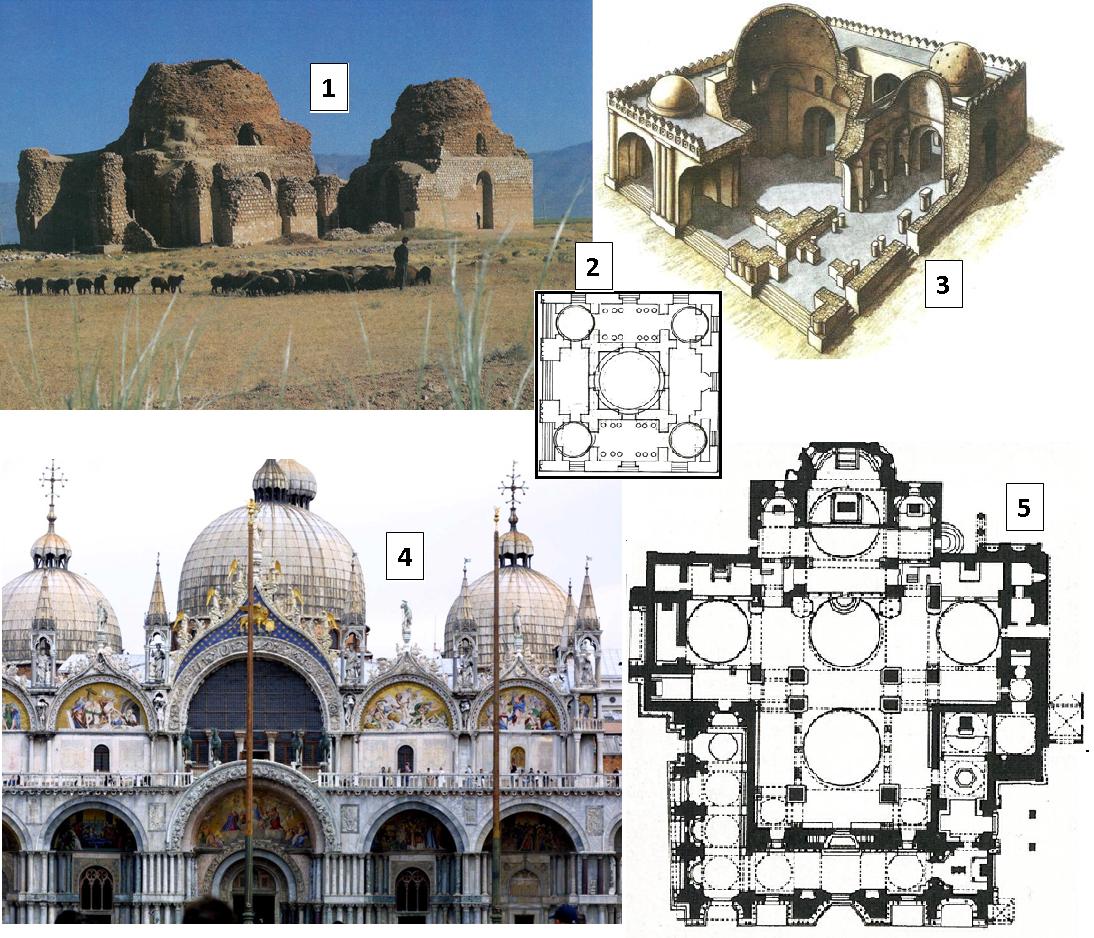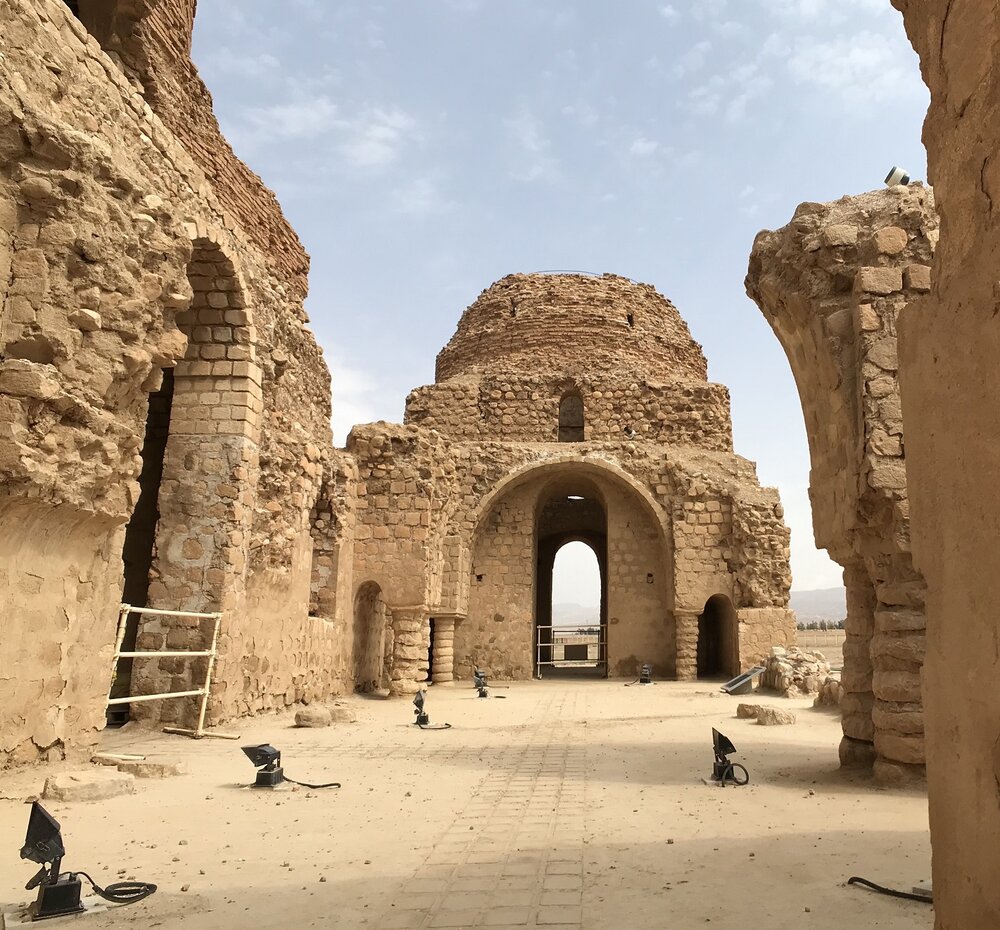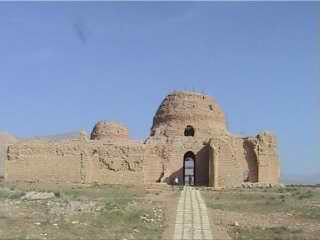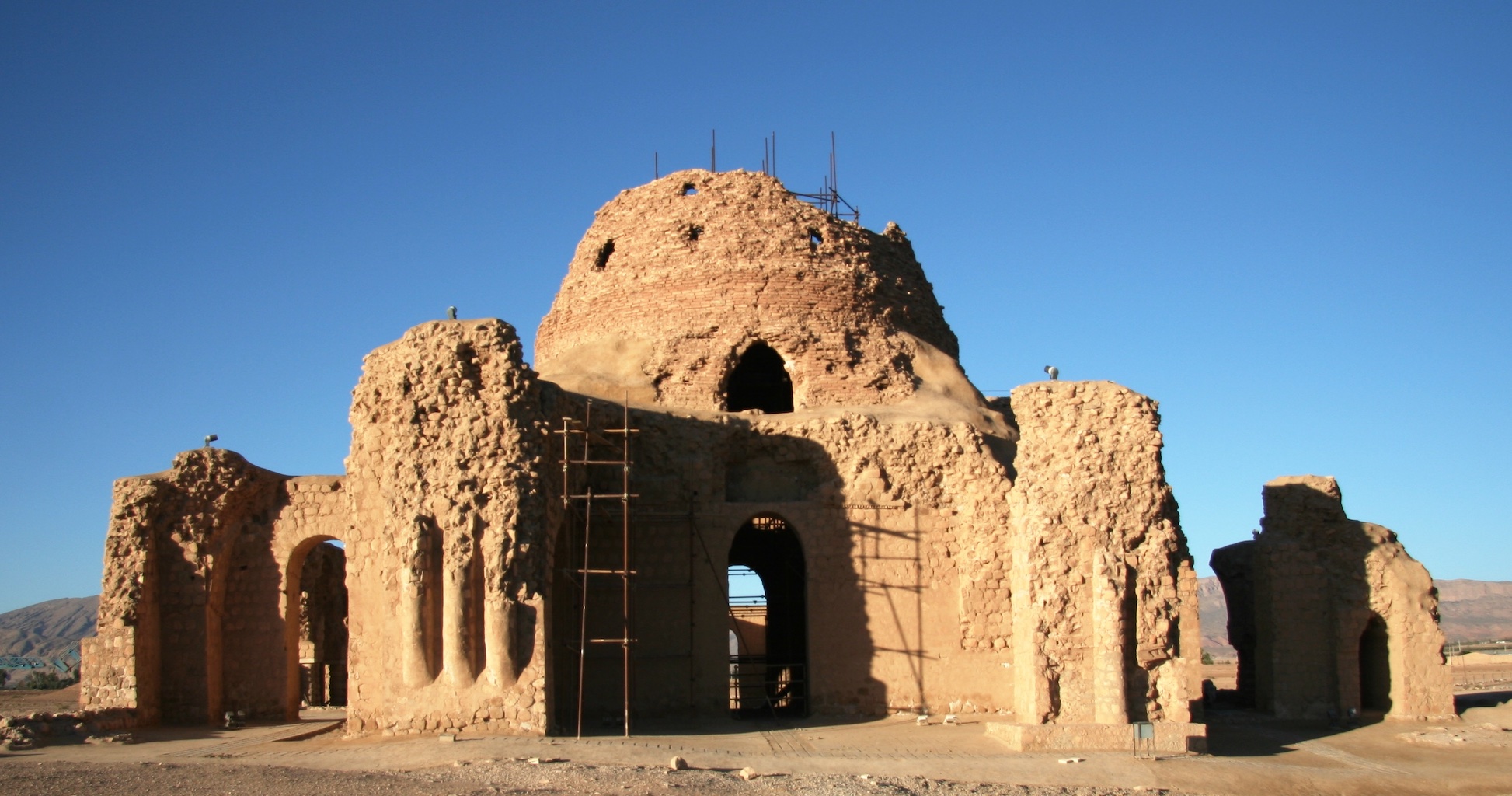The article “Sarvestan, the enigmatic monument of ancient Iran, finally dated” was published in the Tehran Times on October 26, 2021. Kindly note that: (a) the text printed further below has been edited from the original Tehran Times report and (b) Excepting two images, all other images and accompanying captions printed below do not appear in the original Tehran Times report.
Readers further interested in Sassanian architecture are referred to the following articles:
- Master Builders: Influence of Sassanid Architecture Reached far Beyond their Borders – translation in Persian تاثیرات معماری ساسانیان بسیار فراتر از مرزهایشان بود (pdf)
- Farrokh, K., Karamian, Gh. & Karamian, H. (2021). Military Architecture and the Four-Spāhbed System for Defense of the Sassanian Empire (224-651 CE). HISTORIA I ŚWIAT: ACTA MILITARIA IRANICA, 10, pp.117-151.
======================================================================================
The state-of-the-art radiocarbon techniques used to date the monument determined the age of 658-684 CE as the major construction phase of the monument, according to Edouard Bard and Manuela Capano, the National Museum of Iran told the Tehran Times.
This age puts an end to a long debate about the Sasanian versus Islamic age of the monument and indicates that it was constructed during the invasion of Sasanian territories by Arab Muslims under the Rashidun caliphates, stated Morteza Djamali. However, the Sarvestan is a late Sassanian project accomplished during the very Early Islamic period, added Djamali.

The Sarvestan palace: [1] floor plan of Sarvestan by Nik Spatari [2] reconstruction of Sarvestan by Oscar Reuther, “Sasanian Architecture,” in Survey of Persian Art, Figure 152). [3] the Basilica di S. Marco in Veneziana built in the time period of 1100-1300 AD [4] and floor plan of the Basilica di S. Marco (Pictures used in Kaveh Farrokh’’s lectures at theUniversity of British Columbia’s Continuing Studies Division and Stanford University’s WAIS 2006 Critical World Problems Conference Presentations on July 30-31, 2006. For more on this topic see: … “Italian AGON Journal article: Ties of Greco-Roman civilization with ancient Iran” …
This age clearly shows that the Sarvestan monument is of Sassanian Heritage in the Early Islamic era and shows the continuity of Sassanian architectural tradition during the early Islamic era, according to Dr. Alireza Askari Chaverdi. Almost all wood samples belong to cypress tree which has very resistant wood to insects and is a perfect choice of timber for constructions, according to Frédéric Guibal, a dendrochronologist and wood anatomist in French National Centre for Scientific Research and Aix-Marseille University. The choice of this tree may also be related to its symbolic and religious value to Iranians.

The interior of Sarvestan palace (Source: Tehran Times).
The construction of the monument during the geopolitical unrest of the mid-seventh century suggests that our understanding of the historical events at the advent of Islam in Southwest Asia can be improved in the light of new archaeological and archaeometric investigations explained by Askari and Djamali. The findings of Sarvestan are not only important to understand the architectural history of Iran during the Late Antiquity but also help to understand the roots of the so-called Islamic architecture which in turn influenced the Mediterranean and European architecture during the Medieval time, explained by Nicolas Faucherre, professor of Medieval Archaeology at Aix-Marseille University in France. Such archaeometrical investigations are currently very useful for any proposal to nominate the archaeological sites to be included in the World Heritage list and to add value to visibility and conservation of the sites, according to this expert of UNESCO. This extraordinary architectural masterpiece has fascinated archaeologists, architects, and historians of art since the 19th century. The monument was added to the UNESCO World Heritage list in July 2018.

Walkway towards entrance way in Sarvestan (Source: Sahehco in Public Domain).
Located about 70 km to the southeast of Shiraz and very close to the city of Sarvestan, this monument is one of the most significant constructions of ancient Iran in that it displays an array of both pre-Islamic and Islamic architectural features.
Its age has thus been a matter of a two-century long debate. While the early European archaeologists and architects attributed it to the middle Sassanian period (5th century CE), others have considered it as a typical early Islamic building dated to Abbasid Caliphate (8th century CE) and even the Buyid dynasty (945-1055 CE).
This long uncertainty of proposed ages made a team of Iranian and French scientists led by Alireza Askari Chaverdi (Shiraz University) and Morteza Djamali (French National Centre for Scientific Research/Iranian National Centre for Oceanography and Atmospheric Science) to attempt to solve the chronological mystery of the monument. The timbers used in the monument were used for precise 14C dating under the supervision of Professor Edouard Bard, a leading scientist in the field of radiocarbon dating, assisted by Manuela Capano (Collège de France, Aix-Marseille University). The survey is conducted with the support of Iran’s Cultural Heritage, Tourism, and Handicrafts Ministry.
The Sassanid era is of very high importance in the history of Iran. Under Sassanids, Persian art and architecture experienced a general renaissance. Architecture often took grandiose proportions such as palaces at Ctesiphon, Firuzabad, and Sarvestan that are amongst highlights of the ensemble. Crafts such as metalwork and gem-engraving grew highly sophisticated, yet scholarship was encouraged by the state. In those years, works from both the East and West were translated into Pahlavi, the language of the Sassanians.Rock-carved sculptures and bas-reliefs on abrupt limestone cliffs are widely deemed as characteristics and striking relics of the Sassanian art, top examples of which can be traced at Bishapur, Naqsh-e Rostam, and Naqsh-e Rajab in southern Iran.

A frontal view of the Sarvestan palace (Source: Erik Elbers in Public Domain).
In 2018, UNESCO added an ensemble of Sassanianhistorical cities in southern Iran — titled “Sassanid Archaeological Landscape of Fars Region”– to its World Heritage list. The ensemble is comprised of eight archaeological sites situated in three geographical parts of Firuzabad, Bishapur, and Sarvestan. It reflects the optimized utilization of natural topography and bears witness to the influence of Achaemenid and Parthian cultural traditions and of Roman art, which later had a significant impact on the architecture and artistic styles of the Islamic era.



